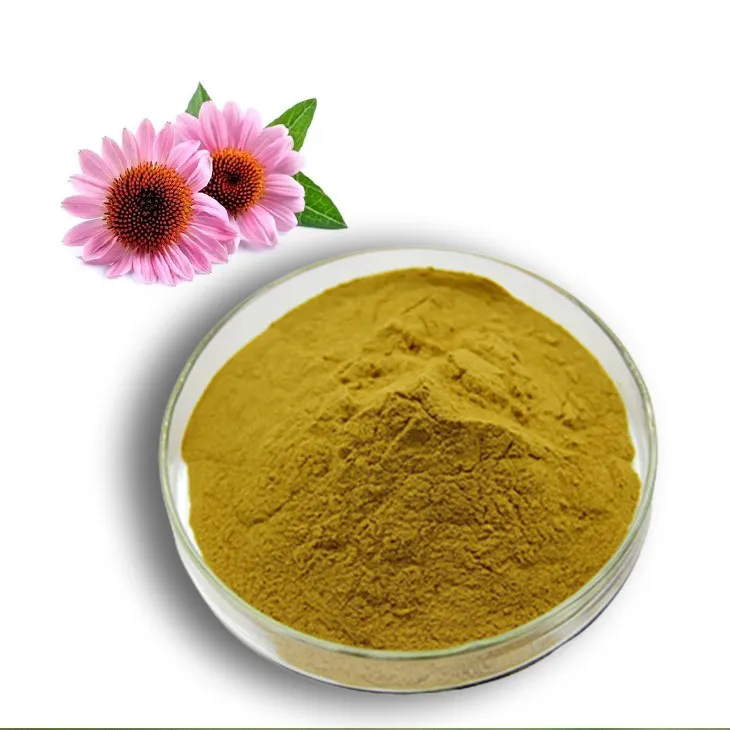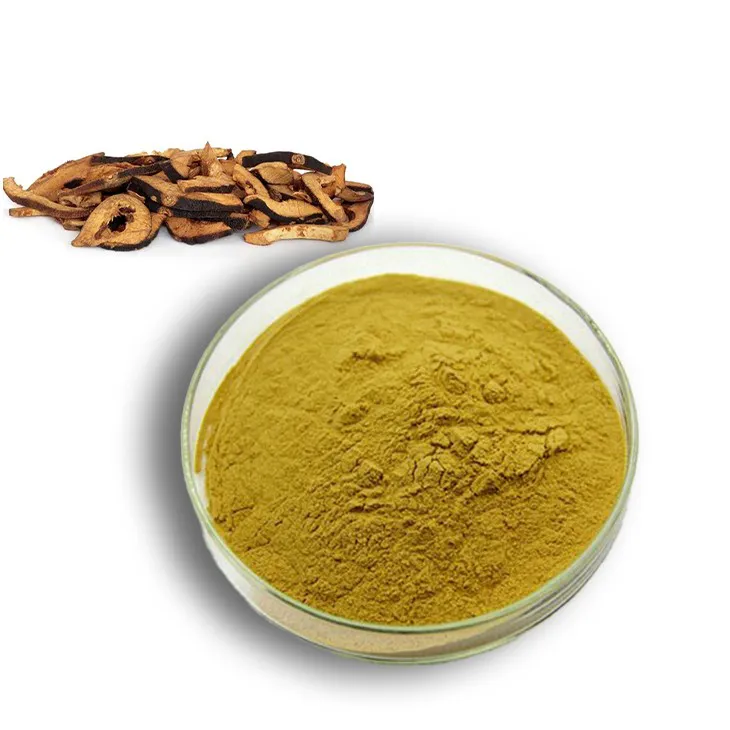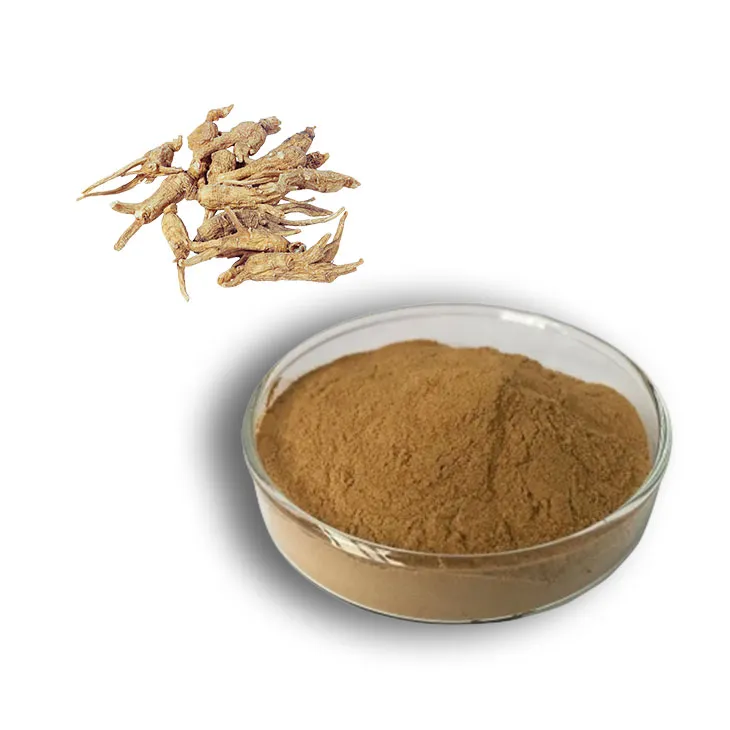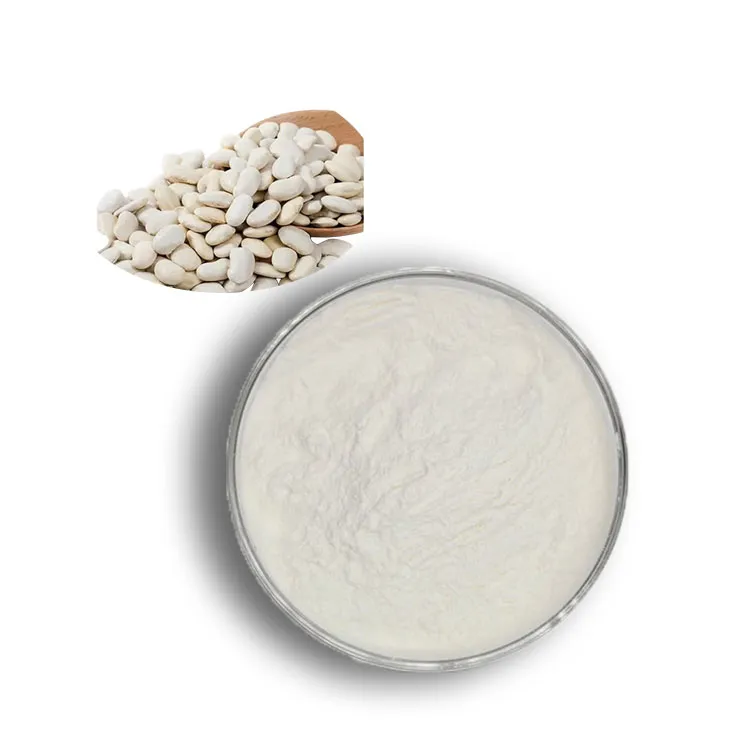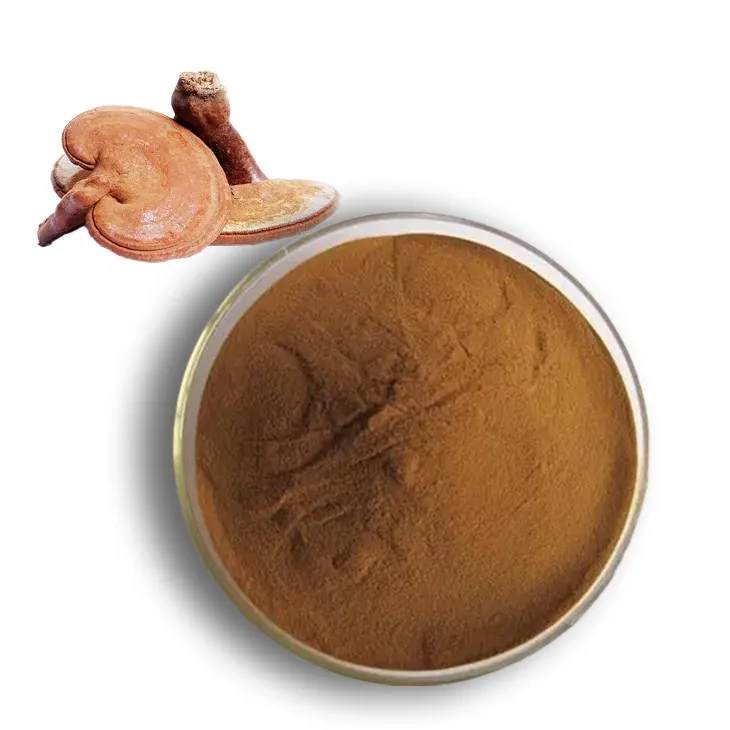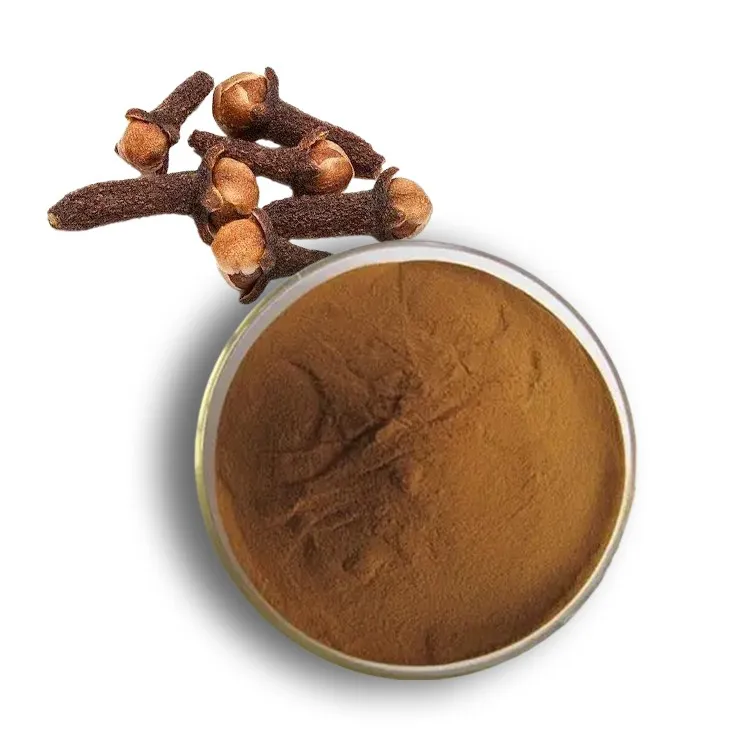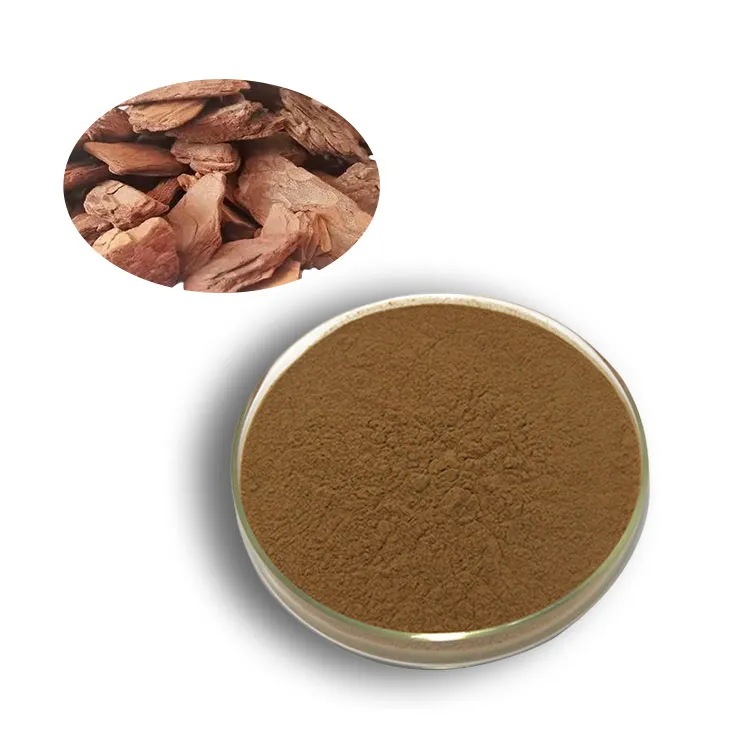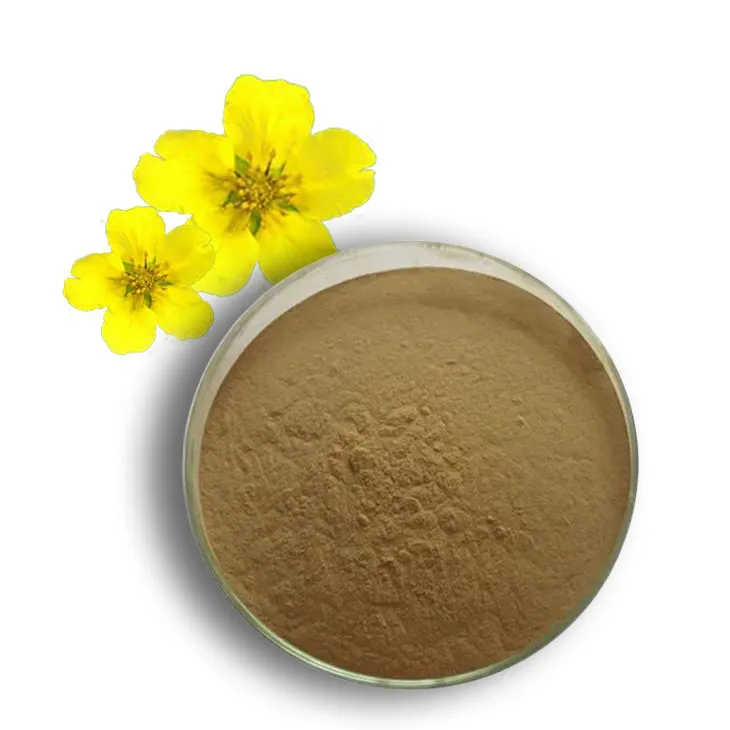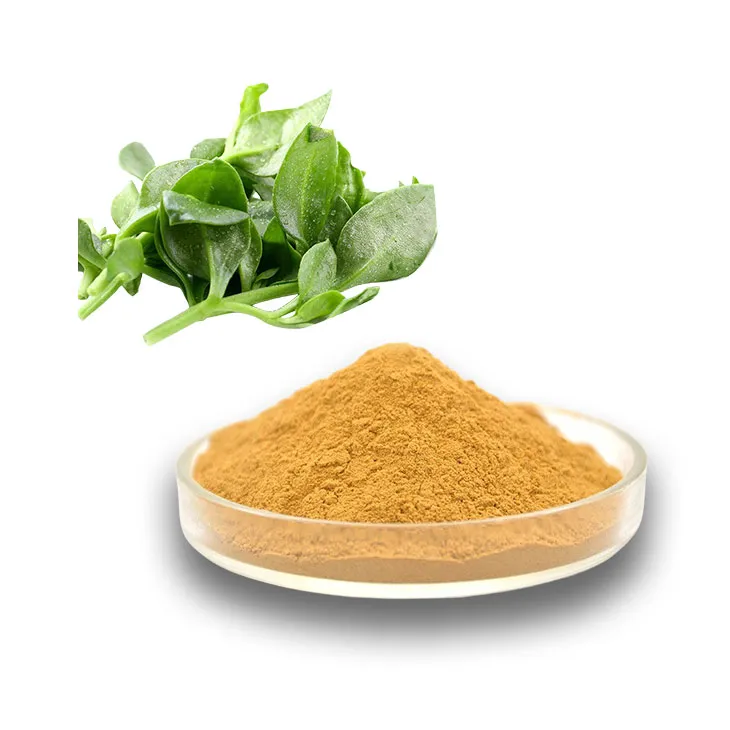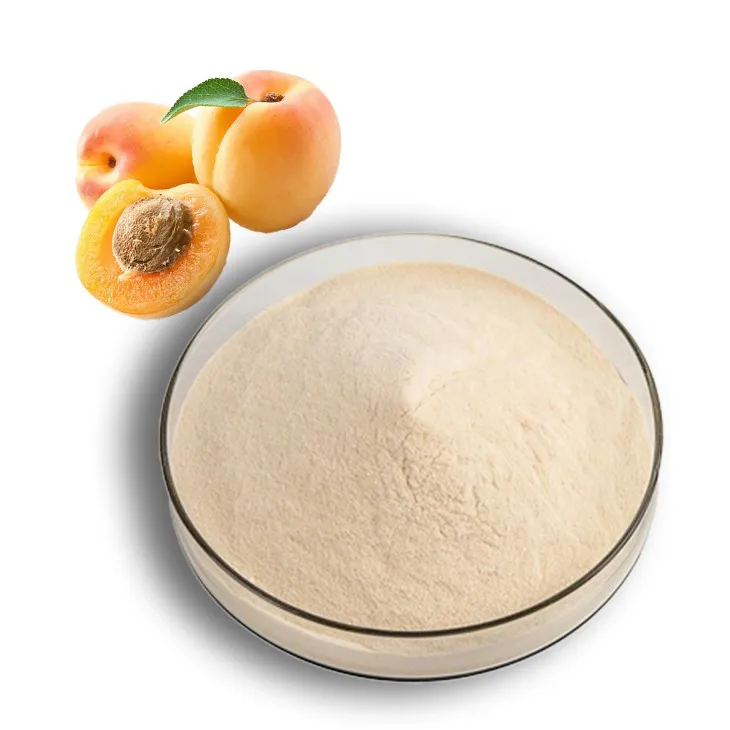- 0086-571-85302990
- sales@greenskybio.com
Performance Booster: The Role of Taurine in Enhancing Athletic Performance
2024-07-04
1. Introduction
In the highly competitive world of athletics, athletes are constantly seeking ways to gain an edge over their opponents. Taurine, a non - proteinaceous amino acid - like compound, has recently come to the forefront as a potential performance - enhancing substance. It is found abundantly in various tissues of the body, particularly in the heart, skeletal muscles, and the central nervous system. Taurine is either obtained from dietary sources such as meat, fish, and dairy products or synthesized endogenously within the body.
The growing interest in taurine among athletes and fitness enthusiasts stems from its purported ability to impact multiple physiological processes related to athletic performance. These include its role in energy metabolism, muscle function, and recovery from exercise - induced stress. Understanding the mechanisms through which taurine exerts its effects is crucial for both athletes looking to optimize their performance and for sports scientists researching new ways to enhance human physical capabilities.
2. Taurine and Cellular Function
2.1. Membrane Stabilization
One of the fundamental roles of taurine in the body is in the stabilization of cell membranes. Cell membranes are composed of a lipid bilayer, and taurine interacts with the membrane phospholipids. This interaction helps to maintain the integrity of the membrane, making it more resistant to stressors such as changes in osmotic pressure or oxidative damage. In skeletal muscle cells, for example, a stable membrane is crucial for proper muscle function. Taurine helps to prevent excessive leakage of ions such as calcium, which can disrupt muscle contractions if not properly regulated.
2.2. Osmoregulation
Taurine also plays a significant role in osmoregulation within cells. Cells need to maintain a proper balance of water and solutes to function optimally. Taurine acts as an osmolyte, which means it helps to regulate the intracellular water content. In situations where there are changes in extracellular osmolarity, such as during intense exercise when there may be a loss of water through sweating, taurine can adjust the intracellular environment to prevent cellular dehydration or over - hydration. This is especially important in muscle cells where proper water balance is essential for efficient muscle contractions.
2.3. Antioxidant Activity
Another important aspect of taurine's role in cellular function is its antioxidant activity. Exercise generates reactive oxygen species (ROS) which can cause oxidative damage to cells, including damage to DNA, proteins, and lipids. Taurine has been shown to scavenge ROS, thereby reducing oxidative stress within cells. This antioxidant property not only protects cells from damage but also may contribute to a reduction in inflammation, which can be beneficial for post - exercise recovery. For example, in muscle cells, reducing oxidative damage can help to maintain muscle mass and function over time.
3. Taurine and Muscle Contractions
3.1. Calcium Regulation
Calcium is a key regulator of muscle contractions. In muscle cells, the release and re - uptake of calcium ions are tightly controlled processes. Taurine has been found to modulate calcium handling within muscle cells. It can interact with calcium channels and pumps, influencing the movement of calcium ions. For instance, taurine may help to prevent excessive calcium influx into the muscle cell, which can lead to muscle fatigue and damage. By regulating calcium levels, taurine can contribute to more efficient and sustainable muscle contractions.
3.2. Muscle Fiber Type Modulation
There are different types of muscle fibers, such as slow - twitch (Type I) and fast - twitch (Type II) muscle fibers. Each type has different characteristics in terms of contraction speed, endurance, and force production. Taurine has been suggested to play a role in modulating the proportion of these muscle fiber types. Some studies have indicated that taurine supplementation may increase the relative proportion of slow - twitch muscle fibers, which are more fatigue - resistant and better suited for endurance activities. This could potentially improve an athlete's ability to perform prolonged aerobic exercise.
4. Taurine and Energy Metabolism
4.1. Mitochondrial Function
Mitochondria are the powerhouses of the cell, responsible for generating adenosine triphosphate (ATP), the energy currency of the body. Taurine has been shown to have a positive impact on mitochondrial function. It can enhance the efficiency of oxidative phosphorylation, the process by which mitochondria produce ATP from nutrients such as glucose and fatty acids. By improving mitochondrial function, taurine can increase the availability of ATP in muscle cells, providing more energy for muscle contractions during exercise.
4.2. Glucose Uptake and Utilization
In addition to its effects on mitochondria, taurine also influences glucose metabolism. It can enhance the uptake of glucose by muscle cells, which is a crucial step in providing fuel for energy production. Taurine - mediated increased glucose uptake may be related to its ability to activate certain glucose transporters on the cell membrane. Once inside the cell, taurine may also promote the efficient utilization of glucose in metabolic pathways, further contributing to energy availability during exercise.
5. Taurine and Endurance
The combined effects of taurine on muscle contractions, energy metabolism, and cellular function contribute to its potential role in enhancing endurance. Endurance athletes require efficient energy production, sustainable muscle contractions, and the ability to withstand the physiological stress of prolonged exercise. Taurine may help to meet these requirements in several ways.
- By improving mitochondrial function and glucose uptake, taurine can ensure a continuous supply of energy during long - duration exercise.
- Its role in regulating calcium levels and preventing muscle fatigue can allow muscles to contract efficiently for longer periods.
- The antioxidant and anti - inflammatory properties of taurine can protect muscle cells from damage during endurance exercise, reducing the risk of premature fatigue.
6. Taurine and Post - Exercise Recovery
Recovery after exercise is a critical aspect of athletic performance. Taurine has several properties that can aid in post - exercise recovery.
- Taurine's antioxidant activity helps to reduce oxidative stress in muscle cells that occurs during exercise. By scavenging ROS, it can prevent further damage to cells and promote the repair of damaged proteins and lipids.
- Its role in osmoregulation can help to re - establish proper water and solute balance in cells, which may be disrupted during exercise. This is important for restoring normal cell function and promoting recovery.
- Taurine may also play a role in reducing muscle soreness. Although the exact mechanism is not fully understood, it is thought that its effects on reducing inflammation and promoting cell repair may contribute to a decrease in post - exercise muscle pain.
7. Taurine Supplementation
7.1. Dosage and Timing
When considering taurine supplementation, it is important to determine the appropriate dosage and timing. The optimal dosage of taurine for enhancing athletic performance may vary depending on factors such as an individual's body weight, diet, and the type of exercise they engage in. Generally, dosages in the range of 1 - 3 grams per day have been studied in relation to athletic performance. However, more research is needed to establish precise dosage guidelines.
In terms of timing, some athletes may choose to take taurine supplements before exercise to enhance energy levels and performance during the workout. Others may prefer to take it after exercise to aid in recovery. The timing of supplementation may also depend on the specific goals of the athlete, whether it is to improve endurance during exercise or to speed up post - exercise recovery.
7.2. Safety and Side Effects
Taurine is generally considered safe for consumption, even at relatively high doses. However, like any supplement, it may have potential side effects in some individuals. Some people may experience mild gastrointestinal symptoms such as nausea, diarrhea, or stomach cramps when taking taurine supplements. Additionally, individuals with pre - existing medical conditions such as liver or kidney problems should consult their healthcare provider before starting taurine supplementation.
8. Conclusion
Taurine is a compound with multiple physiological functions that can have a significant impact on athletic performance. Its roles in cellular function, muscle contractions, energy metabolism, endurance, and post - exercise recovery make it a potentially valuable tool for athletes and fitness enthusiasts. While more research is still needed to fully understand all of its mechanisms and to establish optimal supplementation protocols, the current evidence suggests that taurine has the potential to be a game - changer in the pursuit of peak athletic performance. As the field of sports nutrition continues to evolve, taurine is likely to remain an area of great interest for those looking to optimize their physical capabilities.
FAQ:
What is taurine?
Taurine is a naturally occurring amino - acid - like compound. It has various important functions within the body, such as modulating cellular functions and influencing muscle contractions.
How does taurine enhance athletic performance?
Taurine can enhance athletic performance in multiple ways. It helps boost energy levels, which is crucial for athletes during their training or competition. It also improves endurance, allowing athletes to sustain physical activity for longer periods. Additionally, it plays a role in post - exercise recovery, which is essential for quick recuperation and better performance in subsequent sessions.
Is taurine safe for athletes to consume?
When consumed in appropriate amounts, taurine is generally considered safe for athletes. However, as with any supplement, it is advisable to consult a healthcare professional or a sports nutritionist before starting to take it, especially if an athlete has pre - existing medical conditions or is taking other medications.
Can taurine replace regular training for athletes?
No, taurine cannot replace regular training. While it can enhance athletic performance, it is a supplement that works in conjunction with a proper training regime, balanced diet, and other aspects of a healthy lifestyle. Training is fundamental for building strength, improving skills, and increasing overall fitness levels, and taurine is just one of the factors that can potentially give an extra edge.
How much taurine should an athlete consume?
The optimal amount of taurine for an athlete can vary depending on factors such as body weight, the type of sport, and individual physiology. Generally, it is recommended to follow the guidelines provided by sports nutrition experts or the product labels of taurine supplements. However, it is important not to exceed the safe dosage limits.
Related literature
- The Effects of Taurine on Exercise Performance and Metabolism"
- "Taurine and Athletic Endurance: A Review of Current Research"
- "Taurine Supplementation in Athletes: Benefits and Considerations"
- ▶ Hesperidin
- ▶ Citrus Bioflavonoids
- ▶ Plant Extract
- ▶ lycopene
- ▶ Diosmin
- ▶ Grape seed extract
- ▶ Sea buckthorn Juice Powder
- ▶ Fruit Juice Powder
- ▶ Hops Extract
- ▶ Artichoke Extract
- ▶ Mushroom extract
- ▶ Astaxanthin
- ▶ Green Tea Extract
- ▶ Curcumin
- ▶ Horse Chestnut Extract
- ▶ Other Product
- ▶ Boswellia Serrata Extract
- ▶ Resveratrol
- ▶ Marigold Extract
- ▶ Grape Leaf Extract
- ▶ New Product
- ▶ Aminolevulinic acid
- ▶ Cranberry Extract
- ▶ Red Yeast Rice
- ▶ Red Wine Extract
-
Echinacea Extract
2024-07-04
-
Citrus Aurantii Extract
2024-07-04
-
Angelica sinensis extract
2024-07-04
-
Kidney Bean Extract
2024-07-04
-
Reishi mushroom extract
2024-07-04
-
Clove Powder
2024-07-04
-
Pine bark Extract Powder
2024-07-04
-
Tormentil Extract
2024-07-04
-
Andrographis Paniculata Extract Powder
2024-07-04
-
Apricot Powder
2024-07-04











